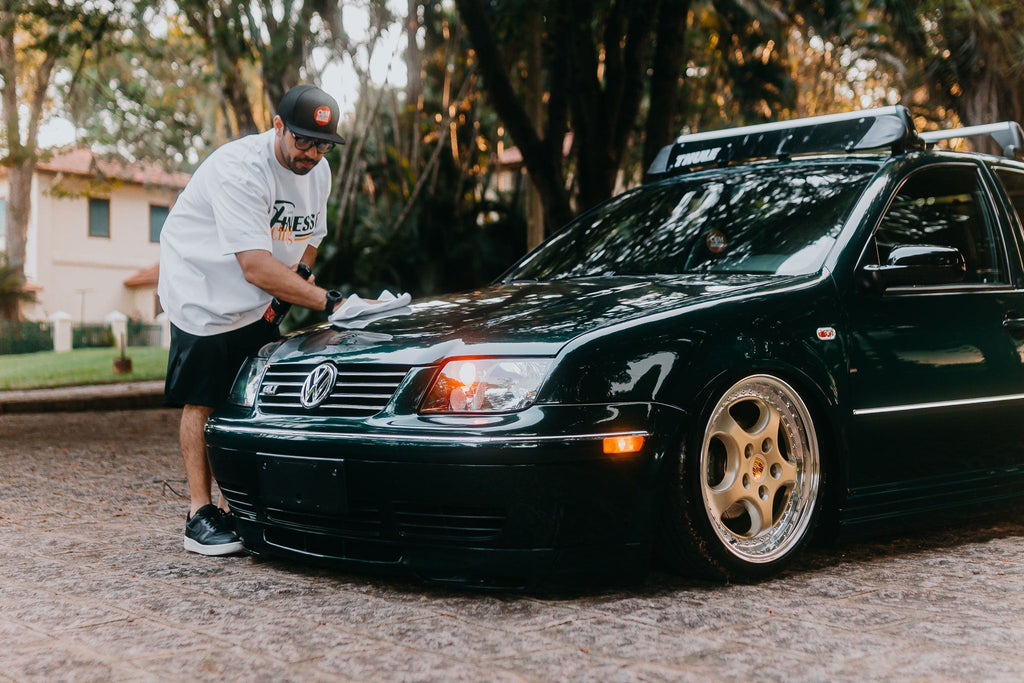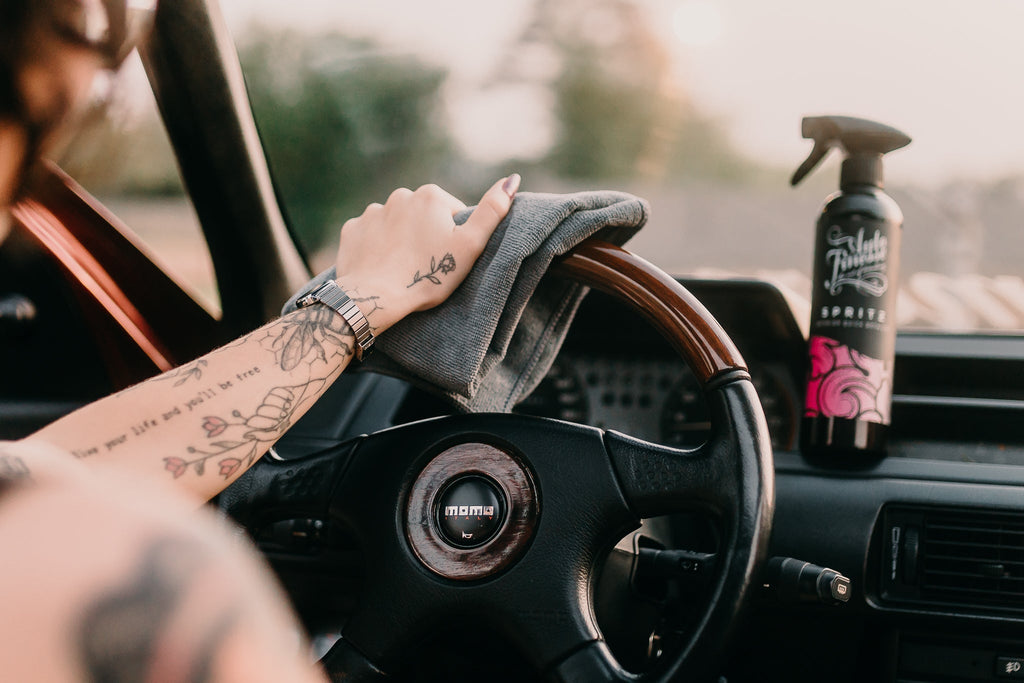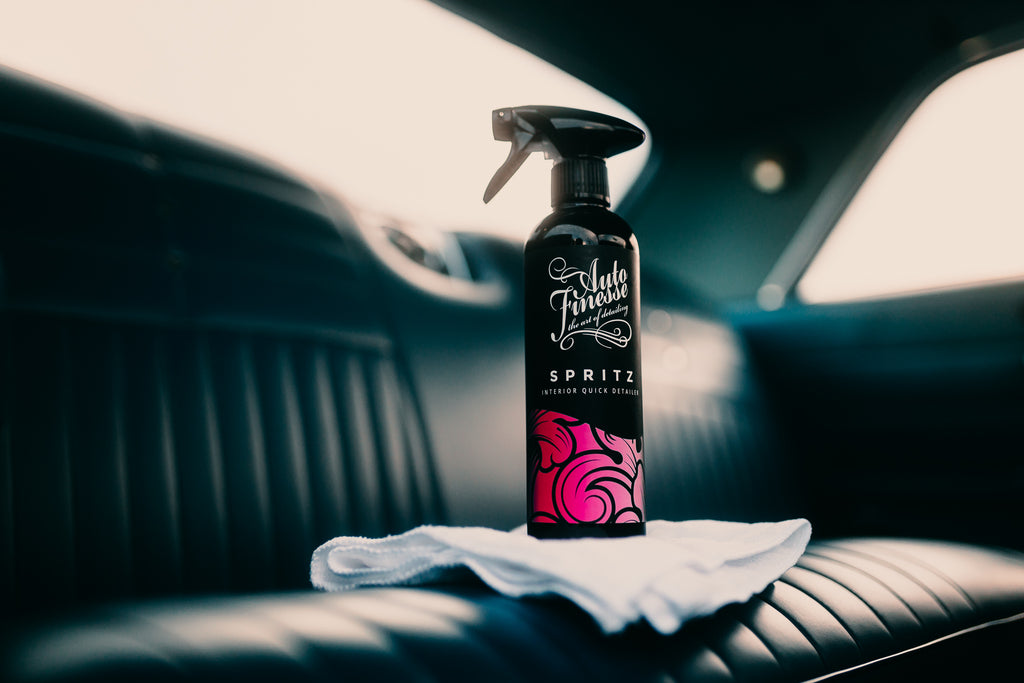The Ultimate Motorbike Detailing Guide

The Auto Finesse Detailing Academy has been open for nearly nine months and has already showcased some incredible vehicles, primarily four-wheeled ones. It was high time we brought a Harley Davidson into the academy for a complete detailing.
Before allowing our master detailers to get started, the bike's owner used a ventilator rain sock to prevent any water from entering the filter.



As with all our detailing services, we start with a thorough pre-rinse to remove any loose debris before engaging in contact washing. We avoid jumping straight into contact cleaning, as this can lead to swirl marks. The first Auto Finesse product we use is our reliable Citrus Power Bug and Grime Remover, which we spray generously on the front of the motorcycle, the underside, and the fairing covers, as these areas are most affected by bug splatter. While that soaks in, we apply our Imperial Wheel Cleaner to both wheels and allow it to dwell.




After allowing the wheel cleaner to dwell for a bit, we rinse it off in preparation for Avalanche Snow Foam. To enhance the penetration of the snow foam solution, we use a hog hair brush in the more intricate areas of the motorcycle. Once the snow foam has had time to dwell, it is rinsed off, getting us ready for an effective contact wash. We fill two buckets: one with Lather shampoo and the other with clean water. Our lambswool wash mitt is dipped into the soapy bucket, and we wash every accessible area before rinsing it off. The bike is then taken inside the Academy to the detailing bay, where it is blow-dried to ensure it is completely dry before polishing.





Since motorcycles are easier to disassemble, we had the owner remove the fairings and side panels, allowing us to access every part for a thorough cleaning and detailing. We then used One Step on all the gloss black surfaces, plastics, as well as the headlight and indicator housings. It's crucial to remember that motorcycle paint is softer than automotive paint, so extra care is needed during detailing. For instance, a finer cutting compound should be used compared to what you might use on a car. Additionally, it's best to avoid silicone-based products, as they can create a slippery surface. This is especially important for features like the seat, handlebars, and levers, which should not be slick for safety reasons.

To finish and protect the bike, we apply Caramics Paintwork to all gloss black and painted panels, providing durability for up to 12 months. Caramics Wheels is also used on the wheels, exhaust, and any other brightwork for added protection. Finally, the bike is reassembled for a final buff and inspection in daylight to ensure that no residue is left behind.








